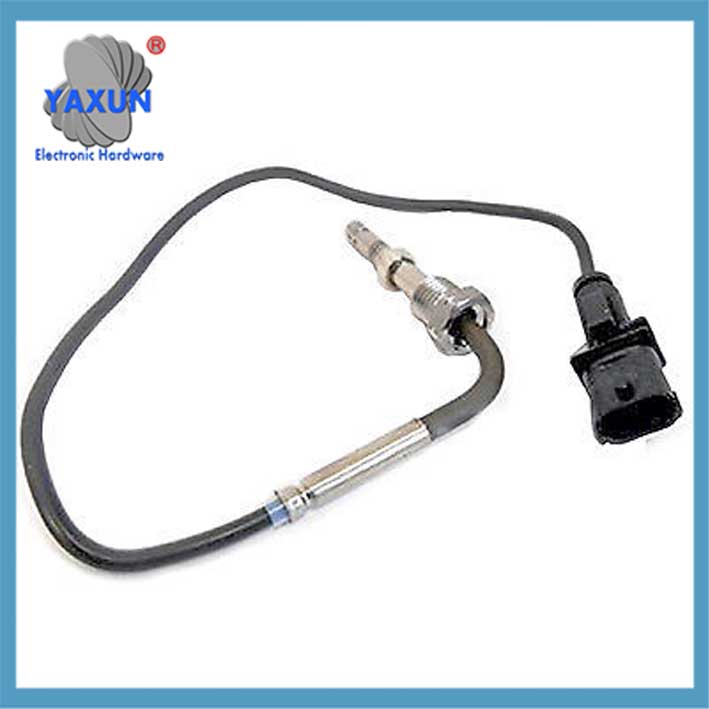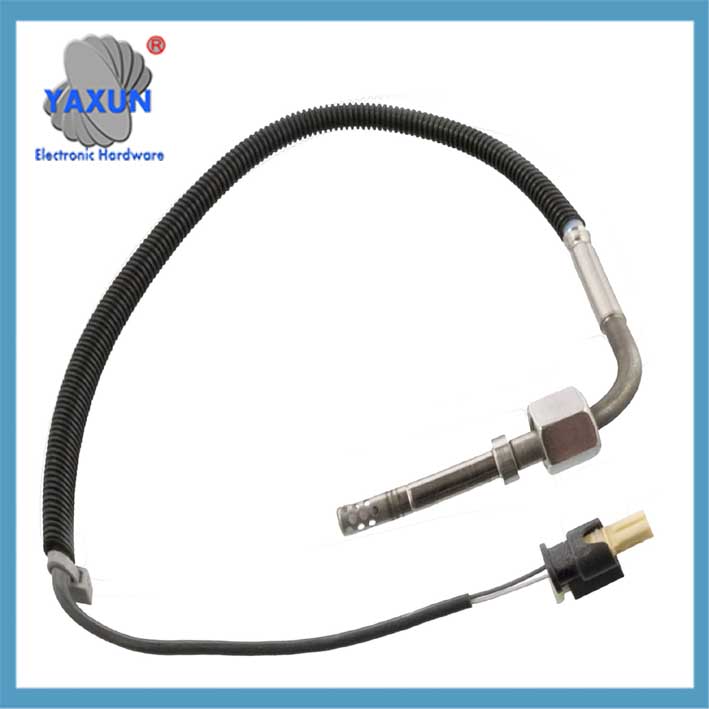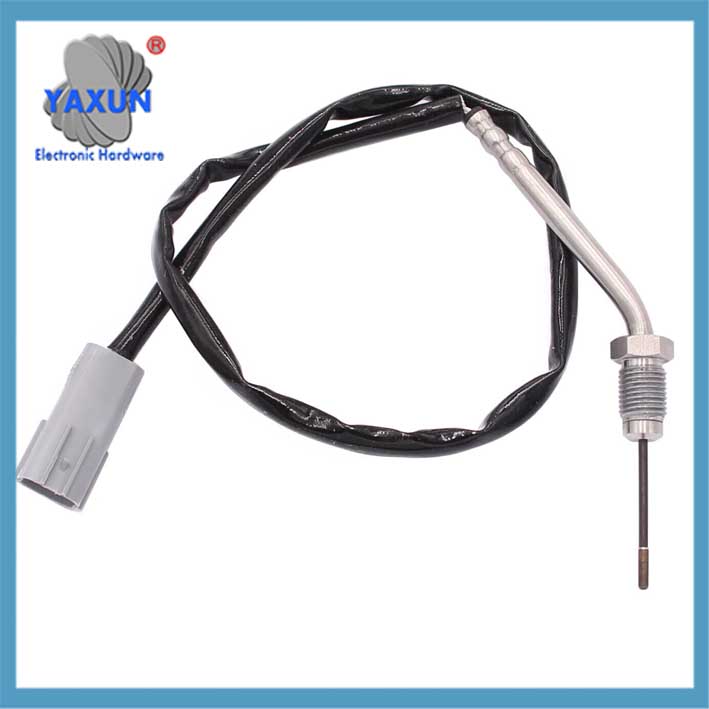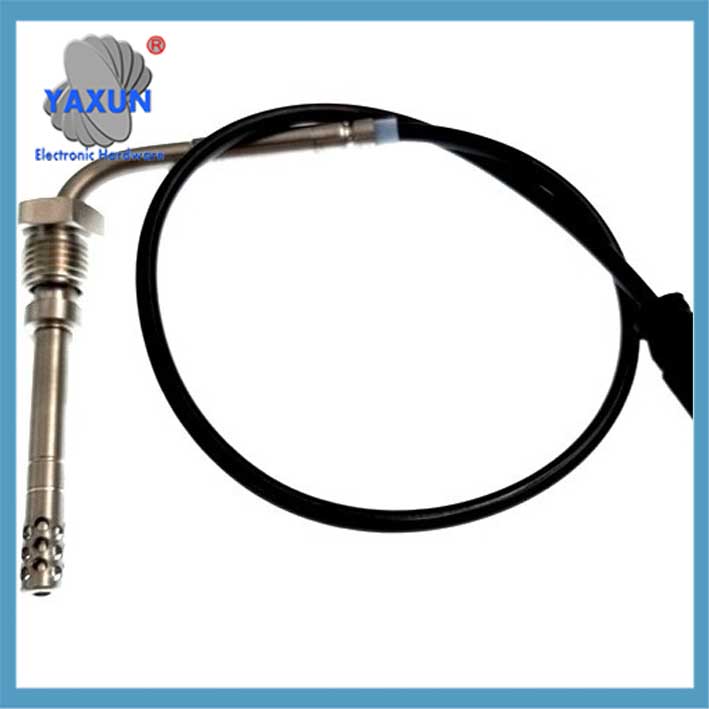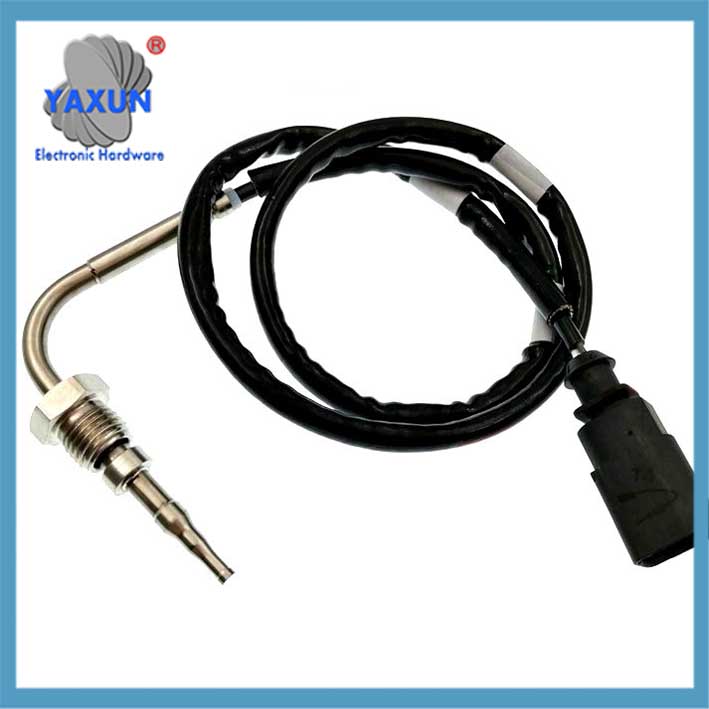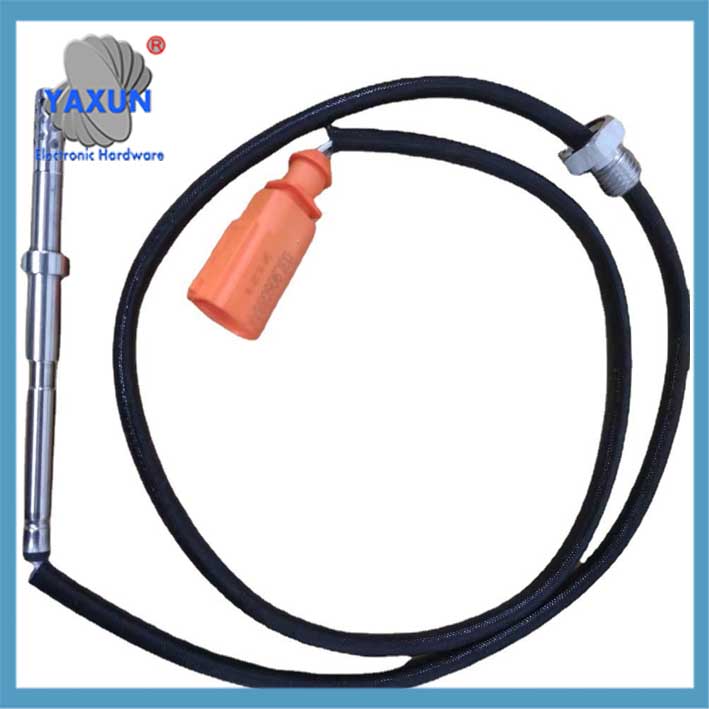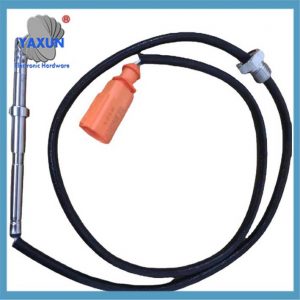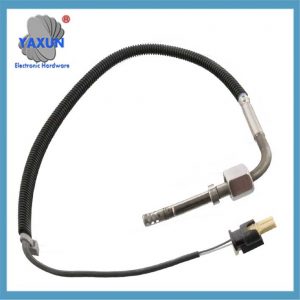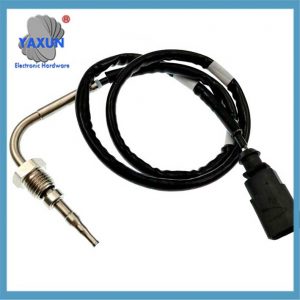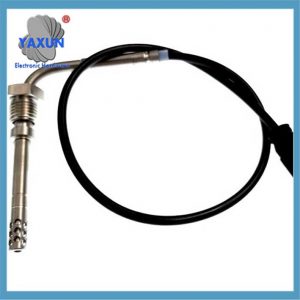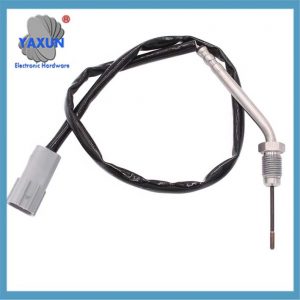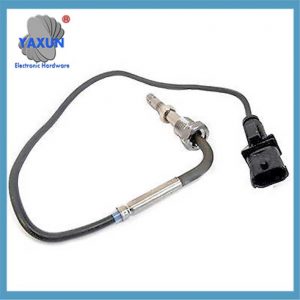Categorie di prodotti
- fusibile termico 32
- fusibili a montaggio superficiale 12
- termistore 36
- Portafusibili per montaggio su PCB 27
- Cablaggio 6
- Portafusibili a lama 17
- termostato 50
- Fusibile elettrico 24
- Sensore di temperatura automobilistico 7
- Interruttore termico 22
- Portafusibili 36
- Sensore di temperatura 75
- Interruttore termico 68
- Fusibile per auto 20
- Fusibili imbullonati 8
Tag dei prodotti
Fornitore cinese del sensore di temperatura di scarico automobilistico
Il sensore EGT è responsabile della lettura delle temperature dei componenti del sistema di post -trattamento come l'ingresso Doc, ingresso dpf, outlet dpf, Intatto SCR, Outlet Scr, ecc., e inviare queste informazioni all'ECM per mantenere le temperature adeguate che controllano il sistema di post -trattamento per ridurre le emissioni dannose.
Analisi sistematica dei sensori di temperatura dei gas di scarico automobilistici, funzioni principali complete, parametri tecnici, scenari applicativi e trend di sviluppo:
IO. Funzioni fondamentali e principi di funzionamento
Monitoraggio e protezione in tempo reale:
Installato all'uscita del collettore di scarico, catalizzatore a tre vie o turbocompressore, rilevare direttamente la temperatura del gas di scarico ad alta temperatura (l'intervallo di lavoro è solitamente compreso tra 200 ℃ e 1000 ℃).
Funzione principale: Evitare il surriscaldamento e lo scioglimento del catalizzatore (l'efficienza diminuisce quando supera i 300 ℃, e potrebbe danneggiarsi oltre i 400 ℃), e controllare la temperatura di rigenerazione del filtro antiparticolato (DPF) nei veicoli diesel.
Meccanismo di feedback del segnale
Tipo di resistenza al platino (come PT200): La resistenza è 200Ω a 0℃, e la resistenza aumenta ad una velocità uniforme all'aumentare della temperatura, con una precisione di ±1,5% (superiore a 300 ℃).
Tipo termocoppia/NTC: Le termocoppie sono resistenti alle temperature ultra elevate ma hanno una bassa precisione, e gli NTC hanno un costo contenuto ma sono limitati nell'intervallo di temperature elevate.
Ii. Confronto dei principali parametri tecnici e tipologie
| Parametri | Resistenza al platino (PT200) | Tipo termocoppia/NTC |
|---|---|---|
| Intervallo di temperatura | -40℃ ~ +850 ℃ | Massimo 1000 ℃ (termocoppia) |
| Precisione | ±2,5℃(-40~300℃) | ±2%~5% (sezione ad alta temperatura) |
| Velocità di risposta | Medio | Lento (design anti-shock termico) |
| Materiale di imballaggio | Custodia resistente alla corrosione in acciaio inossidabile | Custodia in metallo (corrosione anti-solfuri) |
| Scenari applicabili | Controllo rigenerazione DPF, Sistema SCR | Protezione catalizzatore per veicoli a benzina |
III. Posizione di installazione tipica e impatto del guasto
Posizione di installazione:
Dietro il convertitore catalitico a tre vie (veicolo a benzina) o ingresso DPF (veicolo diesel), alcuni modelli sono dotati di più sensori disposti al centro/all'estremità del tubo di scarico.
Sintomi e conseguenze del guasto:
Prestazioni inadeguate: Accensione anomala della spia di scarico (superare la soglia dei 900℃), difficoltà nell'avviamento a freddo, e ridotta potenza del motore.
Rischio a catena: Fusione del catalizzatore ad alta temperatura (il costo di riparazione supera 10,000 yuan), Guasto nella rigenerazione del DPF che porta a emissioni eccessive.
IV. Tendenza all’evoluzione tecnologica
Miglioramento della precisione e dell'affidabilità:
I sensori PT200 sostituiscono gradualmente le termocoppie tradizionali, perché le loro caratteristiche di uscita lineare sono più adatte ai sistemi diagnostici OBD (errore <±1,5%).
Applicazione estesa di nuova energia
Monitorare la temperatura del turbocompressore (Sensore T3) nei modelli ibridi per evitare shock termici durante il passaggio da motore a motore.
Design integrato
Il sensore è collegato alla valvola EGR per regolare dinamicamente il flusso di ricircolo dei gas di scarico e ottimizzare il controllo delle emissioni.
Tendenze del settore: Di 2025, il tasso di penetrazione dei sensori di resistenza al platino nel mercato dei veicoli diesel supererà 60%, e tecnologia di misurazione diretta ad alta temperatura (come la misurazione della temperatura tramite laser) è in fase di verifica di laboratorio.
Contattaci
Aspetto la tua email, ti risponderemo entro 12 ore con le preziose informazioni di cui avevi bisogno.
 English
English Afrikaans
Afrikaans العربية
العربية বাংলা
বাংলা bosanski jezik
bosanski jezik Български
Български Català
Català 粤语
粤语 中文(简体)
中文(简体) 中文(漢字)
中文(漢字) Hrvatski
Hrvatski Čeština
Čeština Nederlands
Nederlands Eesti keel
Eesti keel Suomi
Suomi Français
Français Deutsch
Deutsch Ελληνικά
Ελληνικά हिन्दी; हिंदी
हिन्दी; हिंदी Magyar
Magyar Bahasa Indonesia
Bahasa Indonesia Italiano
Italiano 日本語
日本語 한국어
한국어 Latviešu valoda
Latviešu valoda Lietuvių kalba
Lietuvių kalba македонски јазик
македонски јазик Bahasa Melayu
Bahasa Melayu Norsk
Norsk پارسی
پارسی Polski
Polski Português
Português Română
Română Русский
Русский Cрпски језик
Cрпски језик Slovenčina
Slovenčina Slovenščina
Slovenščina Español
Español Svenska
Svenska ภาษาไทย
ภาษาไทย Türkçe
Türkçe Українська
Українська اردو
اردو Tiếng Việt
Tiếng Việt
